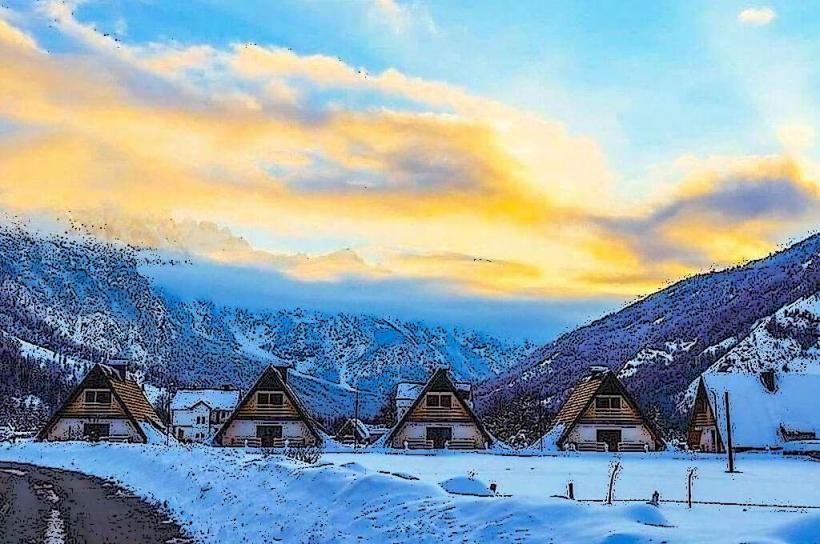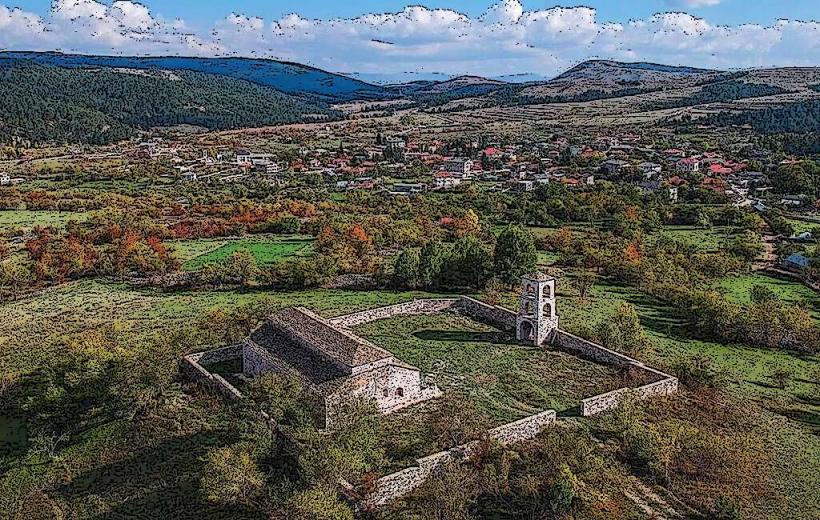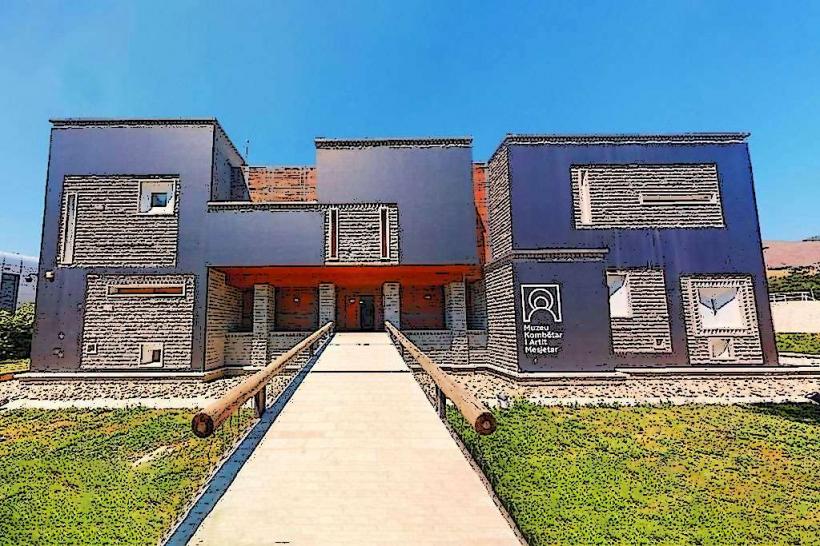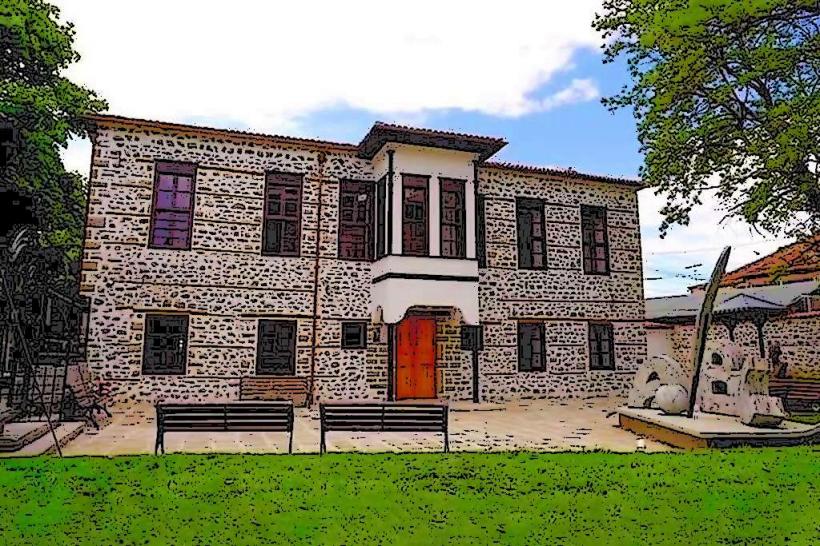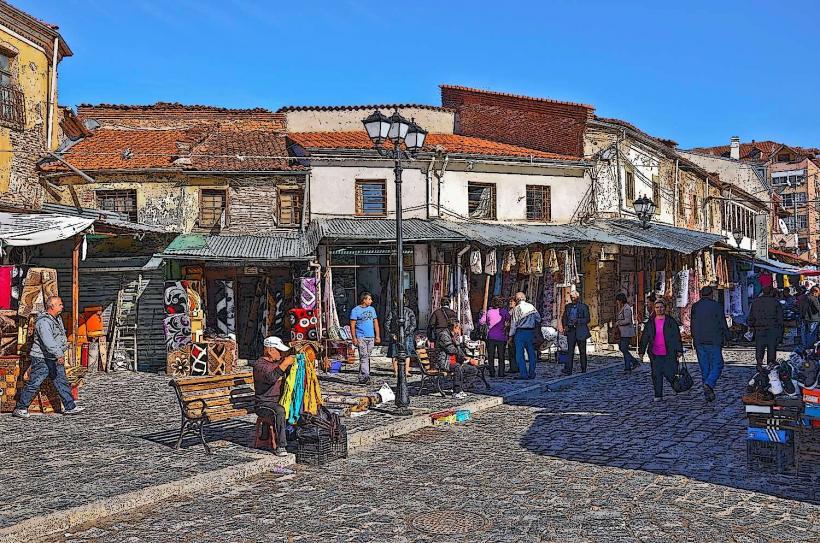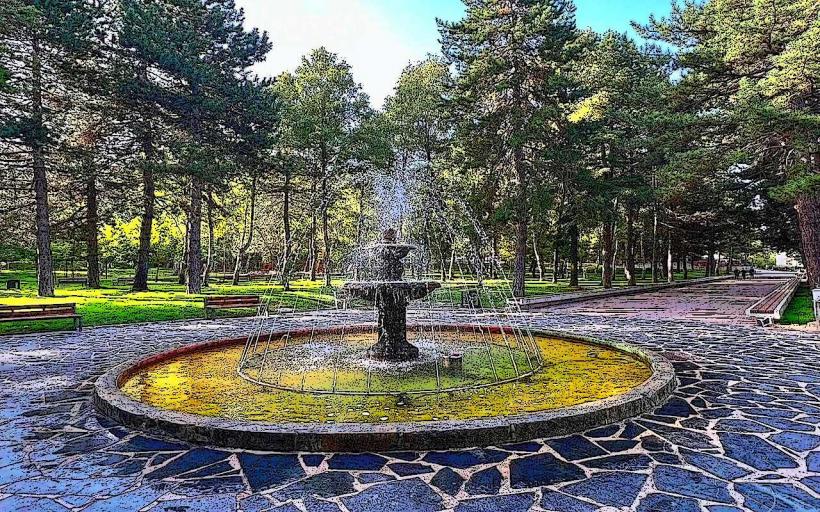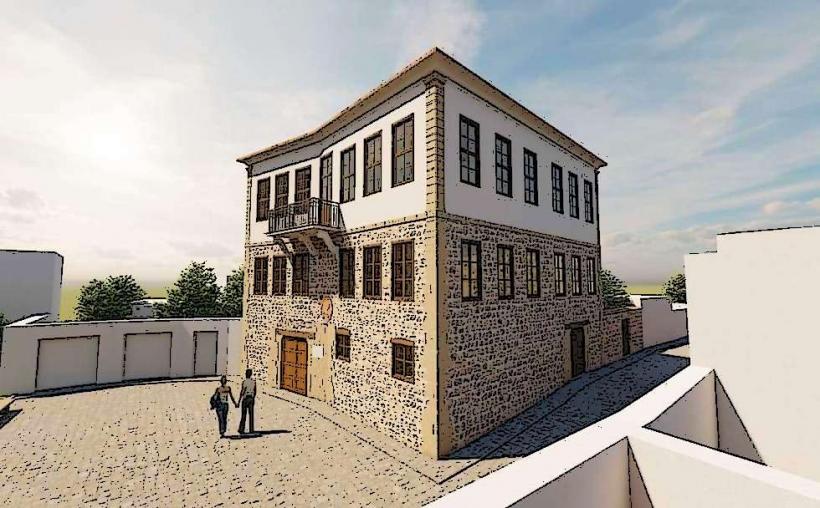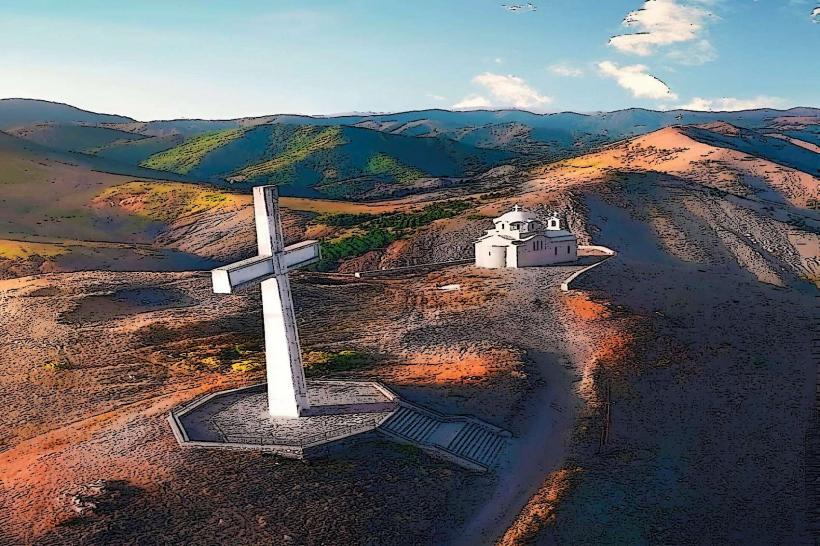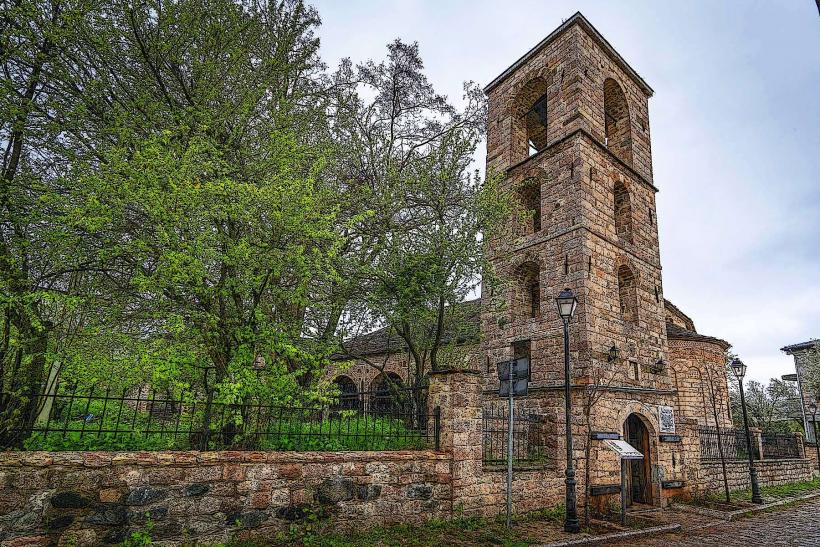Information
Landmark: French Military CemeteryCity: Korce
Country: Albania
Continent: Europe
The French Military Cemetery (Cimetière Militaire Français) in Shkodër, Albania, is a poignant historical site that commemorates the sacrifice of French soldiers during World War I. The cemetery is located on the outskirts of Shkodër, near the foot of the Ruja Hill, and it is an important reminder of the French involvement in the war and their efforts to assist Albania during that period.
Historical Context
During World War I, Albania found itself caught in a turbulent geopolitical situation. After the Ottoman Empire dissolved and Albania declared its independence in 1912, it struggled with internal instability and foreign interventions. In 1916, the Allied Powers, including France, sought to secure the region during the war, particularly due to Albania’s strategic position near the Adriatic Sea and its proximity to the Eastern Front.
- French involvement in Albania was part of the broader efforts to counter the Central Powers and maintain Allied presence in the Balkans.
- The French military played a role in the defense of Albania, particularly in the northern and western regions, including providing support against the Austro-Hungarian and German forces.
The French Military Cemetery serves as a resting place for French soldiers who died in the region during the First World War, many of whom were casualties of the Balkans Campaign.
Features and Layout of the Cemetery
Graves of Soldiers:
- The cemetery contains the graves of approximately 300 French soldiers, primarily those who died between 1916 and 1918. The soldiers were part of the French expeditionary forces that were stationed in Albania and fought in various battles against the Central Powers.
- The graves are marked with crosses and gravestones, many of which bear the names and ranks of the soldiers, though some remain unnamed due to the nature of the warfare at the time.
Monuments:
- At the entrance of the cemetery stands a memorial honoring the French soldiers who perished. This memorial is inscribed with names of soldiers, and it serves as a tribute to their bravery and sacrifice during the war.
- The cemetery also includes French national symbols, including the French flag and various inscriptions in French that commemorate the fallen soldiers.
Landscaping:
- The cemetery is set in a tranquil and scenic location, offering a quiet and respectful space for visitors to reflect on the historical events and honor the lives lost. The site is surrounded by trees and flowers, contributing to a peaceful and solemn atmosphere.
- Its location on a hill offers a view of the surrounding landscape, including Shkodër, the Shkodër Lake, and the Albanian Alps, which provides a striking contrast to the historical significance of the site.
Cultural and Historical Importance
French-Albanian Relations: The cemetery serves as a reminder of the historical bond between France and Albania, especially during the tumultuous years of the early 20th century. The French military presence in Albania during World War I fostered a sense of solidarity between the two countries, which continues to be celebrated today in various cultural exchanges.
Commemoration: The cemetery is an important site for the people of Shkodër and Albania to remember the international sacrifices made during the war. It also stands as a symbol of peace and reconciliation among nations involved in the conflict.
Preservation of Memory: The French Military Cemetery is maintained by the French government and remains an active site for commemorative events, particularly on significant dates like Armistice Day (November 11), when local and French dignitaries may gather to honor the fallen soldiers.
Visiting the Cemetery
Accessibility:
- The cemetery is located on the outskirts of Shkodër, making it easily accessible by car or public transport from the city center. It is a relatively short drive from other key landmarks in Shkodër, including Rozafa Castle and the Shkodër Lake.
Visitor Experience:
- Visitors to the cemetery can expect a somber and reflective atmosphere, as it is a site of remembrance. It provides an opportunity to learn about the history of French military involvement in the Balkans during World War I.
- The cemetery is open to the public year-round, and it is a quiet place for visitors to pay their respects. There are also plaques and informational signs on-site that provide details about the history of the cemetery and the soldiers buried there.
Nearby Attractions:
- After visiting the French Military Cemetery, visitors can explore other nearby cultural and historical sites in Shkodër, including Rozafa Castle, Shkodër Lake, the Marubi National Museum of Photography, and the Lead Mosque, all of which contribute to the rich historical and cultural heritage of the city.
Why Visit the French Military Cemetery?
Historical Reflection: The cemetery is an important place to reflect on the impact of World War I on Albania and the role of foreign nations in shaping the region’s history.
Cultural Heritage: The site serves as a testament to the French-Albanian relations and offers visitors an opportunity to explore an often-overlooked aspect of Albania's history.
Peace and Remembrance: It is a peaceful location that invites reflection on the horrors of war and the importance of international cooperation and peacebuilding in the aftermath of conflict.
In conclusion, the French Military Cemetery in Shkodër is a powerful historical monument that offers insight into Albania’s role during World War I, honoring the French soldiers who sacrificed their lives in the country. It is a place of quiet reflection, remembrance, and education, making it a meaningful destination for anyone interested in the region's World War I history and the enduring ties between Albania and France.

